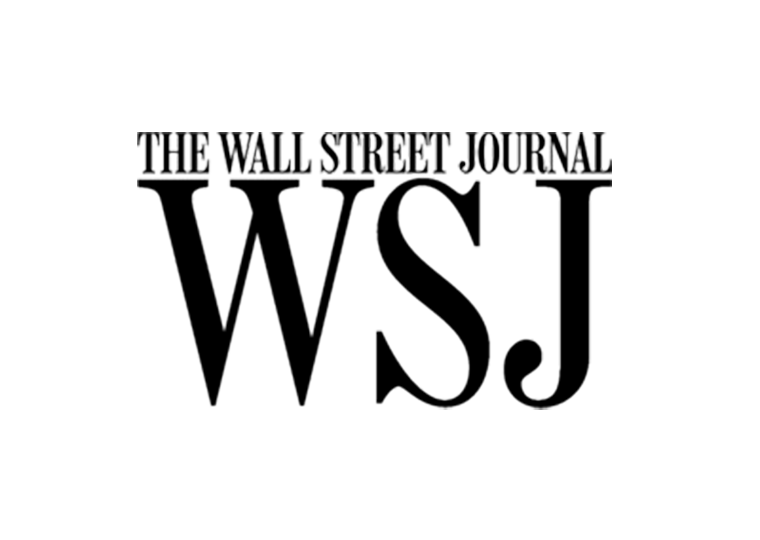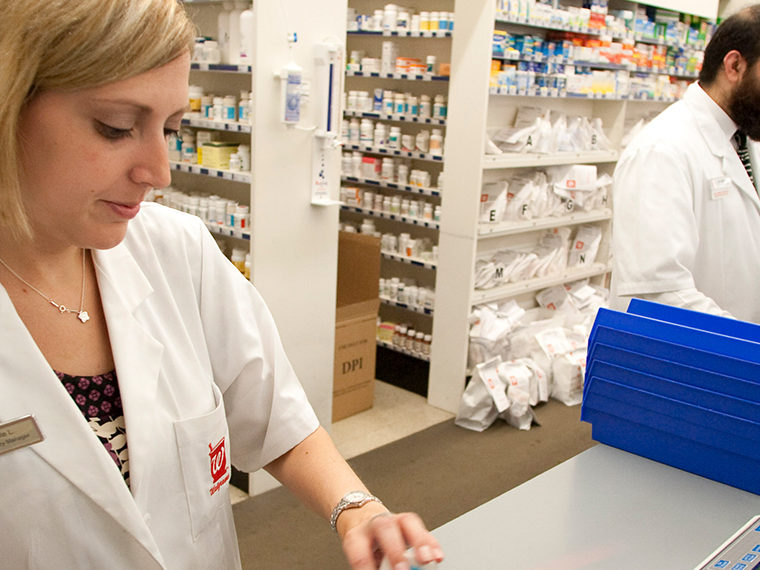Pharma companies seek OK for limited use, then expand sales through off-label prescribing, saving millions
Pharmaceutical companies are strategically gaming the regulatory process to launch cancer drugs that lack official approval for their ultimate intended purposes, evidence from a study suggests. The practice raises concerns that treatments for conditions affecting relatively large numbers of patients are proliferating, through off-label prescribing, without undergoing the stringent safety and efficacy testing regulators normally require for drugs aimed at large populations.
Harvard’s Charu N. Gupta and UCLA Anderson’s Jennifer L. Kao, in a working paper, suggest that drug developers routinely invest in extensive clinical trials needed to gain regulatory approval to treat a relatively common cancer indication, but then pursue Food and Drug Administration approval only for use in a disease category that affects far fewer patients. After that narrower approval, the drug gains popularity among health care prescribers as treatment for the more common indications addressed in the developer’s earlier clinical trials, according to the research.
Pharmaceutical firms aren’t allowed to directly market drugs for use in any indication not specifically identified in its FDA approval. But health care providers can legally prescribe FDA drugs approved for one condition to treat almost any other, and such off-label use is commonplace. Developers can respond to providers’ unsolicited inquiries about their drugs with data, such as the results of any clinical trials. They can also discuss potential alternative uses in educational forums, such as disease conferences.
Opting to seek only a small indication approval — FDA clearance to treat the less common cancer — saves drug developers time, money and some risk, the authors explain. Small indication formulas require fewer clinical trial participants, complete reviews faster and gain approval at higher rates. The drug can generate revenue long before it gains traction in the wider market.
Regulatory Arbitrage
Theoretically, skipping the wider drug review process can backfire. Off-label drug use, which often is not backed by randomized clinical trials, is associated with significantly more adverse effects than on-label prescribing. Insurers are not required to cover off-label prescriptions.
The patterns Gupta and Kao document around hundreds of clinical drug trials and regulatory paths are consistent with regulatory arbitrage, a strategy aimed at exploiting more favorable approval paths and large, less regulated off-label markets.
The study starts with 129 cancer drugs first approved by the FDA between 1978 and 2016. Gupta and Kao looked at the full set of clinical trials and target indications for each drug in early development, then linked the data to the FDA’s ultimate approval for a specific indication. They also calculated each drug’s total market potential, approximating on and off-label sales separately, with the help of an index that cross-references cancers with shared genetic mutations.
Nearly $100 Million Cheaper Per Drug
The authors found that firms typically initiated clinical trials in the market that had the most new patients a year. But the pattern reversed when looking at applications for FDA approval; the firms applied for clearance to treat an indication that affects fewer people. The pattern was most common among drugs with the potential for large total markets, according to the findings.
The researchers’ rough estimates suggest that drug developers save on average almost $100 million per drug by running it through the small market approval process instead of the one meant for treating more common conditions. That calculation derives mainly from the shorter time that small indication drugs spend in late stage clinical trials. Drugs that went to small indication trials gained approval at an average 44.8 months instead of 52.7 months, according to their data.
There are several advantages to the small indication process, the authors note. Clinical trials for these rarer conditions require fewer participants. Advances in genetic sequencing and biomarker identification often make it easier for firms to enroll highly responsive patients for these trials, which increases the likelihood of regulatory approval.
Expensive, randomized, controlled experiments aren’t required in trials that will not be submitted in approval applications. When drug developers initially test for the large indication but submit for a smaller one, the study observes they often do not meet this gold standard in their core clinical trials.
The FDA relaxes some regulations around approvals for drugs to treat rarer conditions to encourage their development. The concessions are aimed at compensating for the limited sales it expects companies to collect for tackling conditions that don’t affect large numbers of patients.
One Drug, Nine Uses
In reality, most U.S. pharmaceuticals are prescribed to treat indications the FDA’s approval process never addressed. The 129 cancer drugs in the study sample treated an average 9.7 indications, of which only three were approved by the FDA. It’s not unusual for a drug to significantly increase its sales through multiple alternative uses.
Cancer drugs are particularly ripe for off-label prescribing, because a single gene mutation, or set of anomalies, can cause multiple kinds of cancers. That’s why, for example, drugs that treat particular kinds of breast cancers are also the go-to treatments for ovarian cancers. A drug newly approved to treat one of those conditions will almost certainly be prescribed off-label to treat the other — with a better-than-average chance of gaining a sizable secondary market.
Drugs for many common forms of disease, however, such as hypertension or high cholesterol, have no known genetic component that drug therapy can target, which makes finding and successfully applying off-label uses for them more difficult.
The regulatory arbitrage described by Gupta and Kao highlights long-standing tension between speed and safety in drug development. Pharmaceutical companies, pouring years of research and millions of dollars into each promising formula, want to quickly recoup those costs. The FDA also is under pressure for fast development, but only for drugs it can attest will do more good than harm, and won’t waste patients’ time, health and money. It’s not clear yet whether a less stringent approval route aimed at growing off-label sales can satisfy both goals.
Featured Faculty
-
Jennifer Kao
Assistant Professor of Strategy
About the Research
Gupta, C.N. & Kao, J.L. (2025). Beyond the Label: Regulatory Arbitrage in Pharmaceutical Market Entry.





